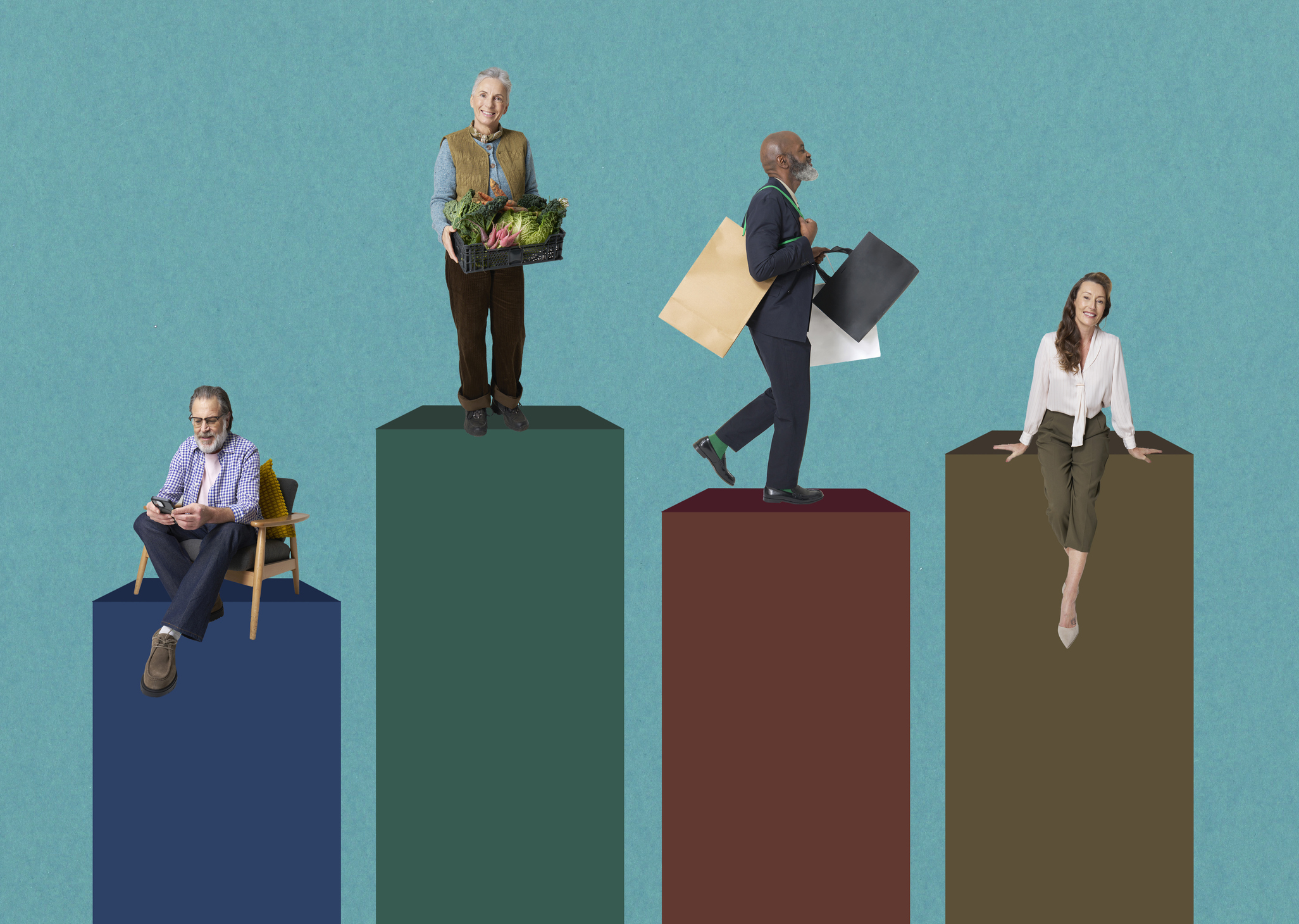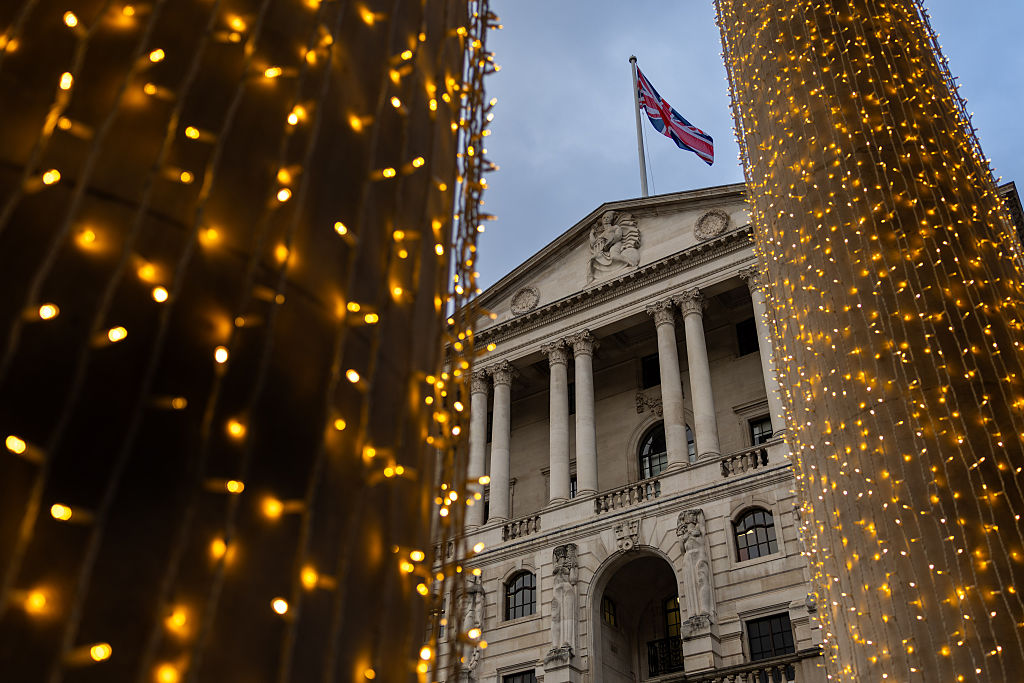Index-linked bonds could prove a costly inflation hedge
Index-linked bonds are designed to keep pace with inflation, but at these prices you are locking in a loss

There aren’t many markets where one can feel optimistic about getting a good long-term return, but government bonds are in a uniquely tricky position. UK ten-year government bonds (gilts) are on a yield to maturity – the annualised return if you hold the bond until it’s redeemed – of 1.01%. US ten-year Treasuries yield 1.66%. Other major markets are worse: German Bunds will return -0.22% (that minus sign is not a mistake).
This is far below inflation. The consumer price index (CPI) is rising at an annual rate of 4.2% in the UK and 6.2% in the US. Evidence is growing this is not transitory and while 4%-6% inflation might be more than we expect over ten years, it’s hard to see it falling back to 1%. So the obvious question is whether inflation-linked bonds (see below) are a better choice in this climate than conventional bonds.
Desperate buyers
The problem is that the inflation-linked bond market is fairly small – it’s around £3trn compared to around £100trn for the whole global bond market – and can be distorted by investors who are desperate to hedge their inflation-linked liabilities. So linkers have already become quite expensive, especially in the UK where demand from pension funds is huge.
MoneyWeek
Subscribe to MoneyWeek today and get your first six magazine issues absolutely FREE

Sign up to Money Morning
Don't miss the latest investment and personal finances news, market analysis, plus money-saving tips with our free twice-daily newsletter
Don't miss the latest investment and personal finances news, market analysis, plus money-saving tips with our free twice-daily newsletter
| Vanguard S&P 500 (LSE: VUSA) | 10% | Row 0 - Cell 2 |
| Vanguard FTSE Dev. Europe (LSE: VEUR) | 10% | Row 1 - Cell 2 |
| Vanguard FTSE 250 (LSE: VMID) | 10% | Row 2 - Cell 2 |
| Vanguard FTSE Japan (LSE: VJPN) | 10% | Row 3 - Cell 2 |
| iShares Core MSCI Emerging Markets (LSE: EMIM) | 10% | Row 4 - Cell 2 |
| iShares Dev. Market Property Yield (LSE: IWDP) | 10% | Row 5 - Cell 2 |
| Vanguard UK Gilt (LSE: VGOV) | 10% | Row 6 - Cell 2 |
| iShares $ TIPS (LSE: ITPS) | 10% | Row 7 - Cell 2 |
| iShares Physical Gold (LSE: SGLN) | 10% | Row 8 - Cell 2 |
| Cash | 10% | Row 9 - Cell 2 |
UK ten-year inflation-linked gilts currently trade on a negative real yield of -3.2%. The gap between this and the yield on conventional bonds means that the ten-year breakeven rate – what inflation will have to average for linkers to return the same as conventional bonds – is now 4.2%. This slightly overstates how expensive they are, because UK linkers are still indexed to the retail price index (RPI), which tends to run about one percentage point higher than CPI. Hence the breakeven rate in CPI terms might be around 3.2% (although the RPI-CPI relationship is volatile, so this isn’t guaranteed).
US linkers are a little cheaper. The ten-year yields -0.97%, implying a breakeven rate of 2.65%. In addition, most investors will buy linkers through a fund such as the iShares Index-Linked Gilts ETF (LSE: INXG) for UK bonds or the iShares $ Tips ETF (LSE: ITPS) for US ones. So it’s notable that the duration (how sensitive a bond is to rising interest rates) is 21 for INXG but 8.2 for ITPS because the UK has issued more longer-dated bonds (lower duration is better if rates will rise).
US inflation has averaged 1.7%% over the past decade, so it’s not a stretch to see US linkers beating conventional bonds in the next ten years. But negative yields mean you are locking in an up-front loss to reduce the risk of a bigger one. They have a role in asset allocation strategies such as our All-Weather ETF Portfolio (above) to hedge against inflation, but otherwise they don’t look much more compelling than conventional bonds.
I wish I knew what linkers were, but I’m too embarrassed to ask
Conventional bonds have a fixed principal – also known as the face value or the par value – that the bondholder will receive when the bond matures. When inflation is high and maturity is a long way in the future, the real (inflation-adjusted) value of the principal will be much less when the bondholder gets paid than it is today. Assume that you hold a bond that will pay £100 in ten years time, but cumulative inflation over the next decade turns out to be 50%. Then the £100 you get in ten years is worth just £50 today.
Investors can take into account how high they expect inflation to be when deciding what price they are willing to pay for the bond. But inflation forecasts are not very accurate, meaning that they are exposed to substantial uncertainty about whether their investment will beat inflation. Inflation-linked bonds – often known as linkers – are intended to solve this by indexing the principal to inflation. In the example above, a linker would repay £150 in ten years time, not £100.
Any interest payments the investor receives between today and maturity will also rise with inflation. The interest rate remains the constant, but the payment is calculated based on the latest inflation-adjusted principal. So if our bond yields 1%, it would pay £1 (1% × £100) at first, but by the tenth year it would pay £1.5 (1% × £150).
Most linkers are issued by governments. The first recorded inflation-linked bond was issued in 1780 during the American War of Independence, but the idea was not widely adopted until the high-inflation era of the late 20th century. The UK was the first major market to introduce them when it created index-linked gilts in 1981, while the US launched treasury inflation protected securities (Tips) in 1997. Most large economies now issue linkers, but these two still dominate the market. The US accounted for 45% of the Bloomberg Fixed Income Indices in late 2021, while the UK accounted for 30%.
Get the latest financial news, insights and expert analysis from our award-winning MoneyWeek team, to help you understand what really matters when it comes to your finances.
Cris Sholto Heaton is an investment analyst and writer who has been contributing to MoneyWeek since 2006 and was managing editor of the magazine between 2016 and 2018. He is especially interested in international investing, believing many investors still focus too much on their home markets and that it pays to take advantage of all the opportunities the world offers. He often writes about Asian equities, international income and global asset allocation.
Cris began his career in financial services consultancy at PwC and Lane Clark & Peacock, before an abrupt change of direction into oil, gas and energy at Petroleum Economist and Platts and subsequently into investment research and writing. In addition to his articles for MoneyWeek, he also works with a number of asset managers, consultancies and financial information providers.
He holds the Chartered Financial Analyst designation and the Investment Management Certificate, as well as degrees in finance and mathematics. He has also studied acting, film-making and photography, and strongly suspects that an awareness of what makes a compelling story is just as important for understanding markets as any amount of qualifications.
-
 What are my retirement income options?
What are my retirement income options?We’re all told to save into a pension, but there’s widespread confusion about how to take an income from our savings and investments at retirement, a new study has found. We look at your retirement income options.
-
 UK interest rates: will the Bank of England lower rates?
UK interest rates: will the Bank of England lower rates?The Bank of England’s Monetary Policy Committee’s (MPC) final interest rates meeting of the year takes place tomorrow (18 December) and most experts expect a cut
-
 British blue chips offer investors reliable income and growth
British blue chips offer investors reliable income and growthOpinion Ben Russon, portfolio manager and co-head UK equities, ClearBridge Investments, highlights three British blue chips where he'd put his money
-
 Coreweave is on borrowed time
Coreweave is on borrowed timeAI infrastructure firm Coreweave is heading for trouble and is absurdly pricey, says Matthew Partridge
-
 Renewable energy funds are stuck between a ROC and a hard place
Renewable energy funds are stuck between a ROC and a hard placeRenewable energy funds were hit hard by the government’s subsidy changes, but they have only themselves to blame for their failure to build trust with investors
-
 Profit from document shredding with Restore
Profit from document shredding with RestoreRestore operates in a niche, but essential market. The business has exciting potential over the coming years, says Rupert Hargreaves
-
 The war dividend – how to invest in defence stocks as the world arms up
The war dividend – how to invest in defence stocks as the world arms upWestern governments are back on a war footing. Investors should be prepared, too, says Jamie Ward
-
 Literacy Capital: A trust where great returns fund a good cause
Literacy Capital: A trust where great returns fund a good causeThere’s plenty to like about specialist private-equity trust Literacy Capital, says Max King
-
 An AI bust could hit private credit – could it cause a financial crisis?
An AI bust could hit private credit – could it cause a financial crisis?Opinion Private credit is playing a key role in funding data centres. It may be the first to take the hit if the AI boom ends, says Cris Sholto Heaton
-
 8 of the best ski chalets for sale now
8 of the best ski chalets for sale nowThe best ski chalets on the market – from a traditional Alpine-style chalet in Switzerland to an award-winning Modernist building in Japan’s exclusive ski areas
